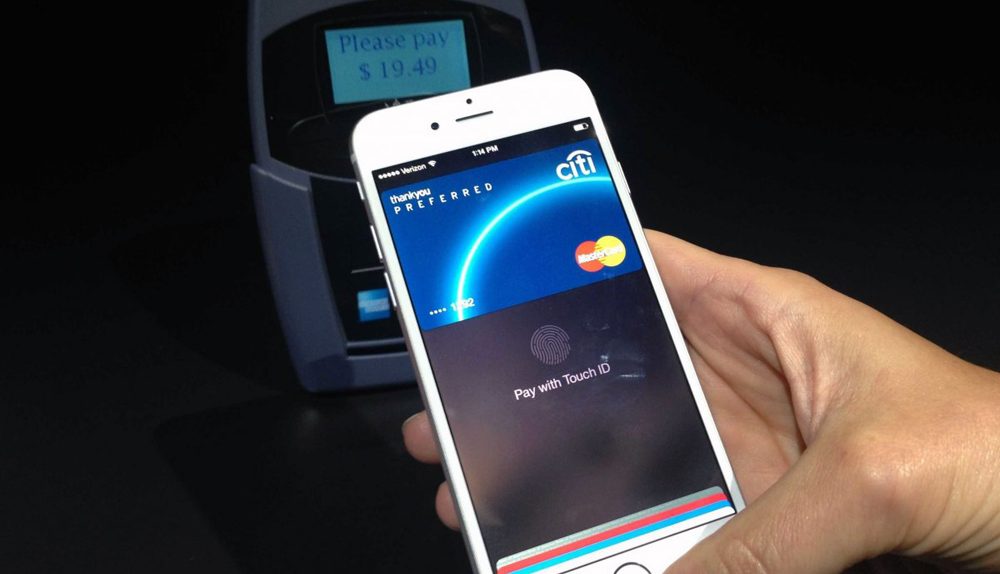Apple’s vice president of internet services Jennifer Bailey talks in lofty terms whenever she describes the company’s ambitions for its Apple Pay payment system — a service the company sees as giving it a toehold into eventually replacing your physical wallet altogether.
The company has been plugging away at trying to ramp up adoption of Apple Pay since introducing it in 2014, and to that end Bailey had this to share at the recent Fortune magazine Brainstorm Reinvent 2018 conference. By the end of this year, Apple figures some 60 percent of US retail locations will be set up to accept Apple Pay. Which shows how serious Apple is not only about getting more people on board with the payment system — going wide, but also deep, incrementally rolling out more features so that the service becomes a digital replacement for credit cards but also a whole lot more.
“It’s actually about making people love their iPhones,” Bailey said during the event. “That is why we are doing what we do.”
In terms of that last part, about what Apple is actually doing: Beyond using Apple Pay to replace things like credit cards, Bailey also said transit and the digitization of transit passes is something the company is also interested in. Which is why today, in 12 metro cities around the world, you can use Apple Wallet with Apple Pay technology to go through transit stations. Beyond that, Walgreens also has a loyalty program integration with Apple Pay; at some major league baseball stadiums you can use Apple Pay to buy concessions; and some colleges have started making student IDs compatible with Apple Wallet.
And Apple is still thinking about more ways for Apple Pay and its Wallet to replace physical items.
“There’s actually a number of areas you can think about that we can extend this type of technology,” Bailey continued during the Fortune event. “Hospitality, hotel rooms, is definitely one. Versus being issued a card at the check-in, you could check in via the app and you could get digital-issuance of a hotel room key.”
Part of the reason these efforts apparently aren’t farther along than they currently are has to do with the technology infrastructure in the U.S. and how, per Bailey, the payments industry is farther behind along those lines compared to the rest of the world.
But that’s changing, little by little. New data out in recent days from Auriemma Consulting Group found that most debit card transactions that are conducted using mobile wallets (some 77 percent) use Apple Pay. The firm’s data found that Samsung Pay and Google Pay accounting for 17 percent and 6 percent, respectively.
However, according to a release about the data, “Even as usage grows, mobile payments are still a niche product, making up just 0.6% of debit card transactions in Q2. But the category is growing fast. In fact, the share of debit transactions made in mobile wallets increased 75% year-over-year, according to Auriemma’s debit card issuer study. Banks expect faster checkout and smoother customer experience to drive the gradual increase in adoption of mobile wallets. Mobile wallets will continue to be an important part of issuers’ strategies as adoption rises.”








